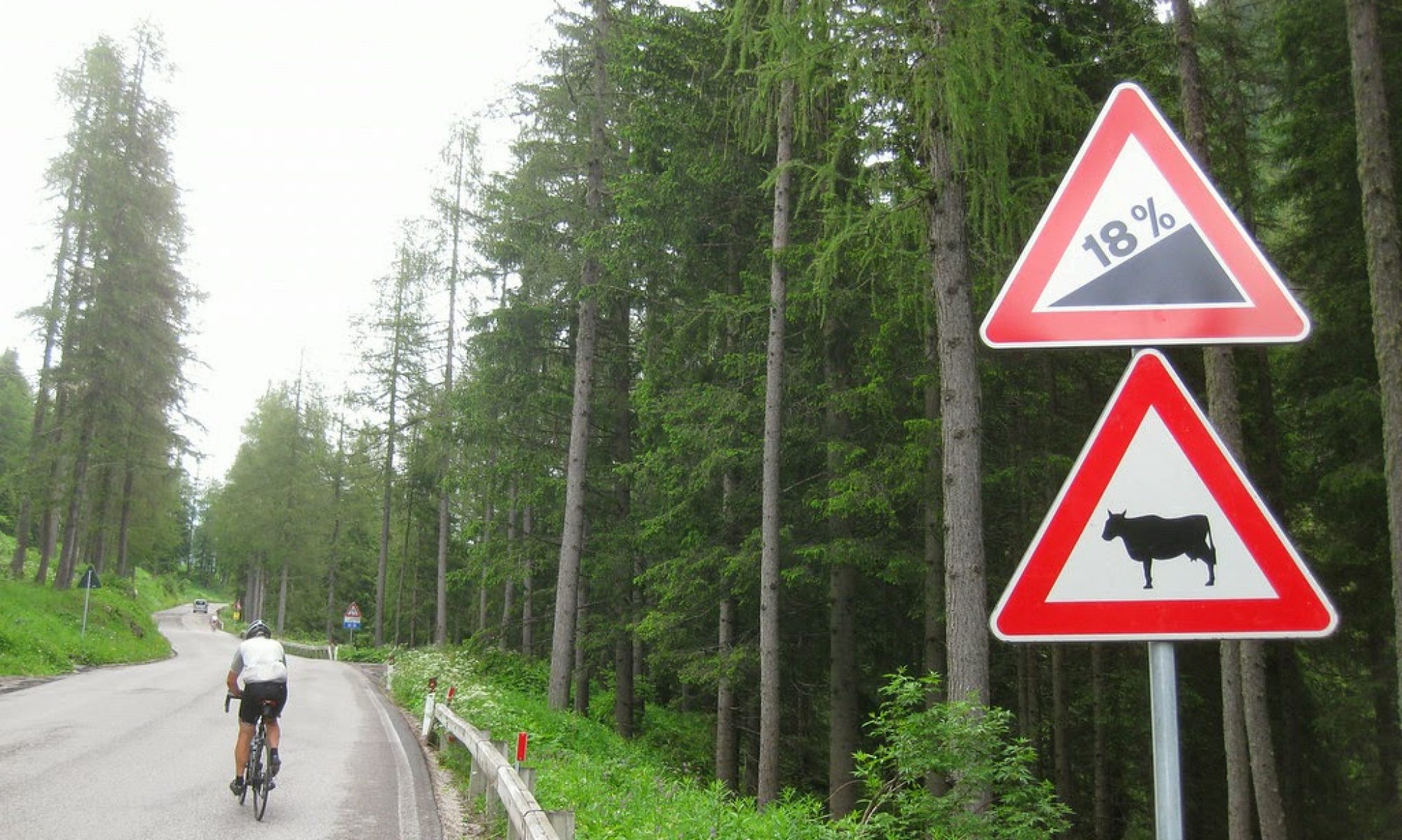I was not looking for a gravel bike. Time may prove me wrong but I am not looking to join the latest trend in cycling – gravel rides. So why a gravel bike?
I was not looking for a gravel bike. Time may prove me wrong but I am not looking to join the latest trend in cycling – gravel rides. So why a gravel bike?
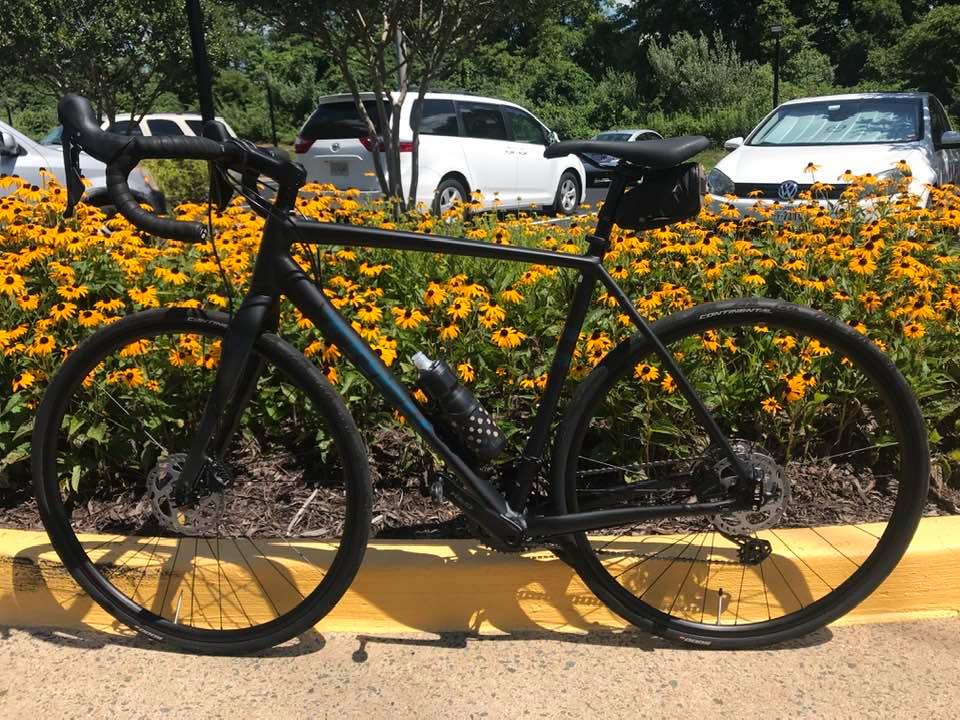
My Trek Pilot had a structural failure and was unsafe to ride, although who knows how long I rode it safely like that? But Trek would warranty the frame so I wanted to replace the Pilot. I wanted a backup road bike but knew I wasn’t going to go deep into cost or features.
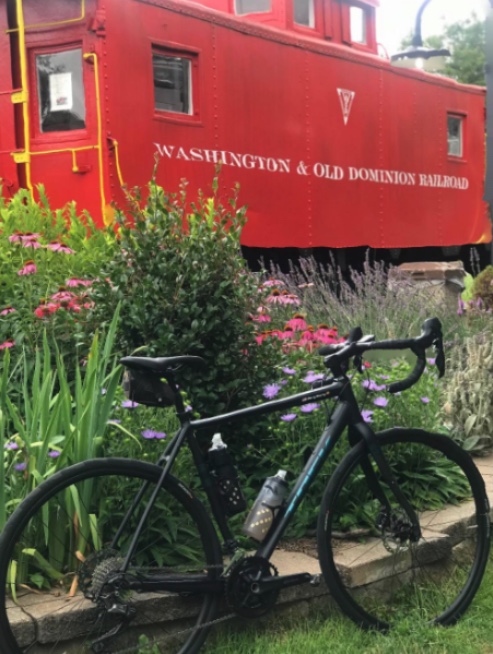
I think a new Domane, even at the low end, was a bit pricey for me. I never considered the Emonda, and maybe I should have. But I also saw the Checkpoint in my local bike shop. Tom Scheiz told me about this gravel bike from Trek.
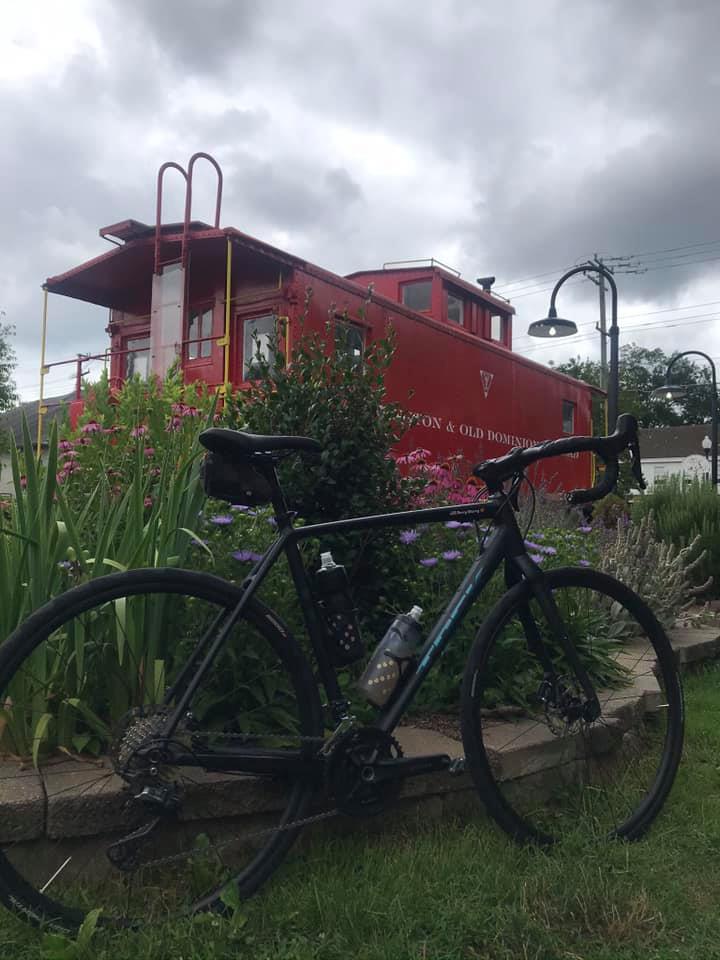
We are in a pandemic. BIke shops and manufacturers were slammed on inventory. It is hard to find a new bike anywhere and to order one involves a 6-10 week wait. Even with a credit from the Pilot, I didn’t want to spend too much. I looked at the Checkpoint 4 but I did not like the color it came in. So I looked at the Checkpoint 5.
I couldn’t even tell you the difference between the two machines except the Checkpoint 5 had a color scheme that I liked. Well, not so much liked as one that I really didn’t like which was the offer on the Checkpoint 4. It didn’t pop like my 2014 Domane but it was acceptable. More importantly, it was available.
The store didn’t have it in stock. They didn’t have any bike in stock except for, as Tom said, for extra-large and extra-small. But they had one on order with a delivery date of four weeks. Tom put my name on it and it came in on schedule.
So what do I have? I have a gravel bike. I am not an expert nor have I read other reviews. These are solely my thoughts. The biggest difference between a gravel bike and a road bike comes in clearance and drive train.
The bike came with knobby 42cc tires which I replaced with 32cc road tires. The 42s are perfect for trail or off-road, gravel (gasp) riding. There is more clearance in the fork for those instances when the tire picks up gunk. Loved my 2014 Domane but the clearance was so tight, even a pebble could get lodged between the tire and the fork. Even though I was running 25s, Paul McIntyre suggested I go no higher than 23s. With this bike, I will have no problems.
The other clearance issue is the bottom bracket. Gravel bikes sit a little higher.
The drive train is made for gravel. Gravel can really shake the drive train and this has a clutch that can take up some chain slack. I think. I have to figure it out. But other than that, it’s a road bike. For gravel.
It is aluminum. The knock on aluminum is that it will shake you on very long rides. I find the bike to be sturdy, handles well, and I really haven’t noticed a difference over 50 miles. It is heavier than my carbon bikes but I went out and flew up the hill on Hunter Station, setting a new PR. I’m not worried about the weight. Except for tough climbs.
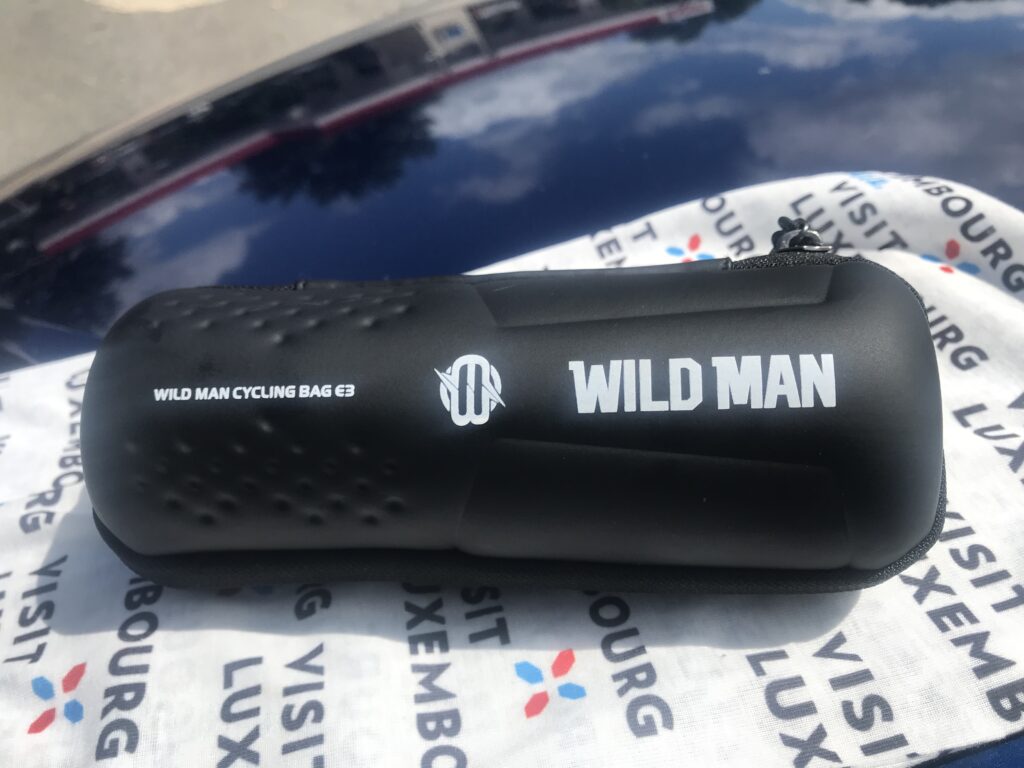
It becomes my back up road bike. I have no qualms about riding it on the road for long distances except for the radar unit tail light. It also becomes my bad weather bike, if not no other reason, if I crash a bike I would prefer that it be aluminum than carbon fiber. Not that I plan to though.
It becomes my off-road bike. I can see myself doing more rail trails than I have in the past simply because I have a bike that can handle those now. It has plenty of extra frame holes for mounting fenders and panniers. This bike can do it all.
I run the Garmin Varia rear light/radar unit. Unfortunately, there is no room for the light on the seat post because I have to carry a saddle bag (tubes/flat kit). But there is room for a tool kit or a “bottle” kit on the frame so I will be moving my saddlebag and then running the radar unit. And just like that, I have a road/gravel bike that will do it all.
First impressions: I am very impressed with this bike. If someone were looking for an entry-level road bike I might even suggest this because it is fit for the road. But it is geared slightly lower than a compact (30×46 v 34v50) so it will give up some in the speed department but gain some back in the climbing department.
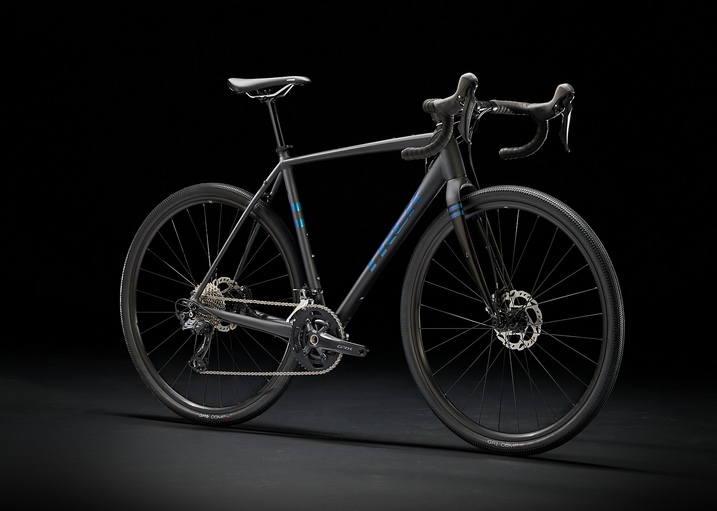
Checkpoint ALR 5 is the best value gravel bike in the lineup. It’s a high-quality build that will hold up for long, rugged miles on pavement, dirt, and even the most treacherous gravel roads. But what sets this model apart is the performance parts and the wealth of features like adjustable horizontal sliding dropouts, massive tire clearance, and extra mounts that make it easy to customize for your kind of adventure.
| Frame | 300 Series Alpha Aluminum, tapered head tube, Control Freak internal routing, 3S chain keeper, rack and fender mounts, flat mount disc, horizontal sliding dropouts, 142x12mm thru axle |
|---|---|
| Fork | Checkpoint carbon, tapered alloy steerer, rack mounts, fender mounts, flat mount disc, 12x100mm thru axle |
| Front hub | Bontrager alloy, sealed bearing, centerlock disc, 100x12mm thru axle |
|---|---|
| Rear hub | Bontrager alloy, sealed bearing, centerlock disc, Shimano 11-speed freehub, 142x12mm thru axle |
| Rim | Bontrager Tubeless Ready, 28-hole, 17mm width, presta valve |
| Spokes | 14g stainless steel |
| Tire | Bontrager GR1 Comp, wire bead, 60 tpi, 700x40c |
| Shifter | Shimano GRX RX600, 11 speed |
|---|---|
| Front derailleur | Shimano GRX RX810, braze-on |
| Rear derailleur | Shimano GRX RX810, long cage, 34T max cog |
| *Crank | Size: 56 Shimano GRX RX600, 46/30, 172.5 mm length |
| Bottom bracket | Shimano RS500, 92mm, PressFit |
| Cassette | Shimano 105 HG700-11, 11-34, 11 speed |
| Chain | Shimano 105 HG601, 11 speed |
| Saddle | Bontrager Montrose Comp, steel rails, 138mm width |
|---|---|
| Seatpost | Bontrager Comp, 6061 alloy, 27.2mm, 8mm offset, 330mm length |
| Weight | 56 – 10.17 kg / 22.42 lbs |
|---|---|
| Weight limit | This bike has a maximum total weight limit (combined weight of bicycle, rider, and cargo) of 275 pounds (125 kg). |
